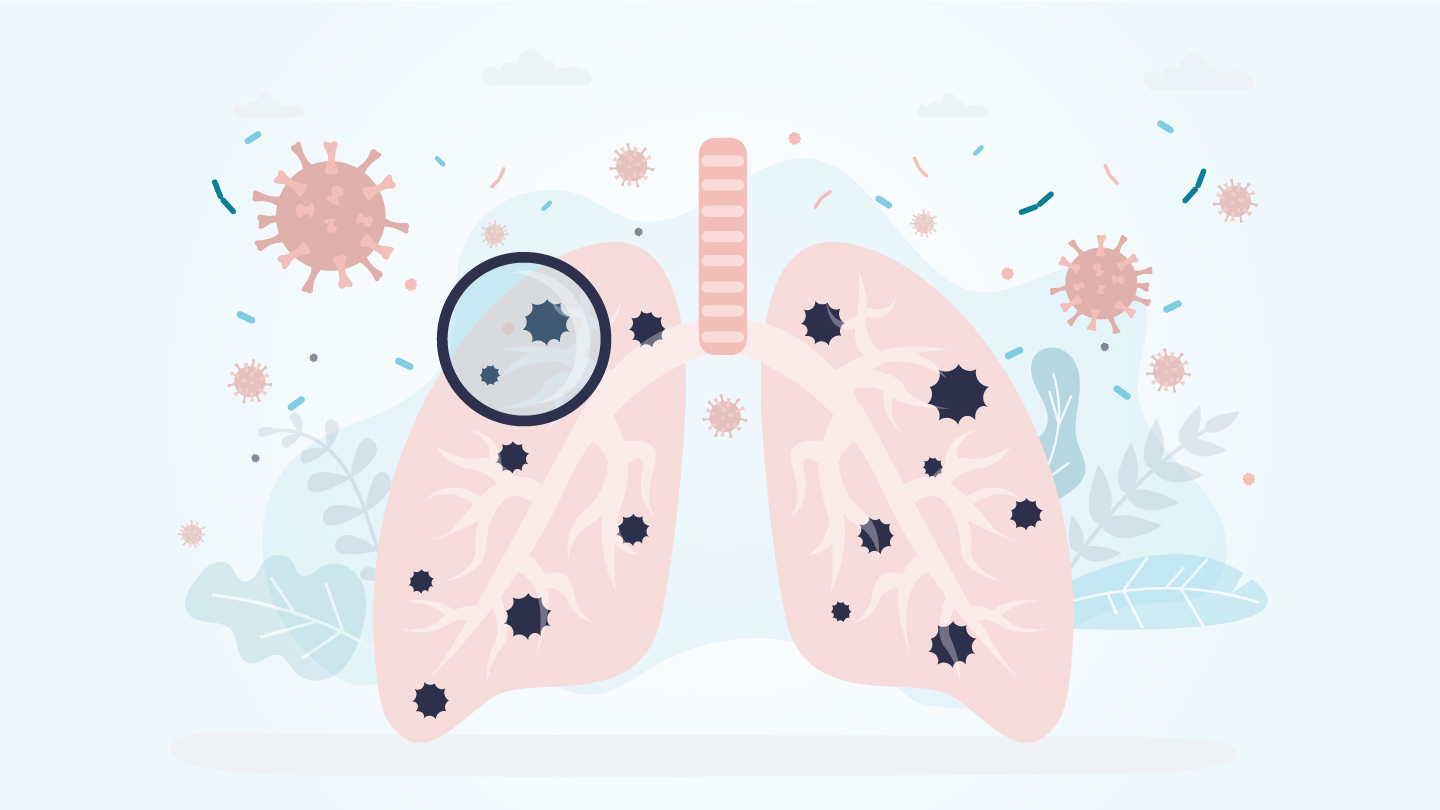Medical
How to Deal with Common Asthma Symptoms
Is asthma stopping you from doing some of the physical activities you love? Here’s what you need to know to manage asthma better.

Asthma is a chronic disease that affects our breathing tubes and blocks our airways. In just the last decade, the incidence of asthma has increased by 15 percent says Asthma and Allergy Foundation.
Currently, the prevalence of asthma worldwide is 4.4 percent, reports Allergy, Asthma, and Clinical Immunology journal from Springer Nature, 2021. The National Library of Medicine, US in 2020 suggested that boys are more likely to get asthma than girls. In contrast to that, women are more likely to develop asthma when compared to men. Further, in comparison between adults and children, the chances of developing asthma were high in children in the 7-10 age group, Journal of Family Medicine and Primary Care, 2021.
Easy Ways to Manage Asthma
Asthma can range from mild to severe. Based on the symptoms, you can extricate the stages of progression of asthma. Tracking the progression and regularly adjusting your medications will help in avoiding asthma attacks. Here’s how to distinguish and manage the progression of asthma.
Breathlessness: Breathlessness during a straining physical activity is common. However, breathlessness while walking could be considered the initial stage of asthma when mild. Those who have moderate asthma often feel breathlessness while talking and prefer sitting over standing. In severe asthma cases, you feel breathlessness even at rest. Keep a track of your symptoms and write them down in a diary so that your doctor can adjust your medications accordingly.
Breaks during talking: A person suffering from mild asthma can finish a complete sentence. However, with the progression of the condition, the sentence turns to phrases. In later stages, it is difficult to complete a phase and the person takes a break from the conversation after every word. Quick-relief inhalers in addition to controller inhaler containing bronchodilators, can help you breathe better.
Alertness and respiratory rate: As the condition’s severity increases, the level of agitation and the rate of respiration increase. Both the conditions are induced mainly because of stress and lead to restlessness. Peak flow is a test done that measures the expiratory flow that helps you understand the working of your breathing tubes and helps determine the narrowing of airways before an asthma attack.
Wheezing: Wheezing is a common sign that your body shows to highlight the condition. As the condition progresses, wheezing which could only be heard by a doctor with a stethoscope becomes audible to the unaided ear. This is attributed to the resistance to the flow of air in the airways in the lung. Spirometry tests can be done to check how much air your lungs can hold and throw out forcefully to adjust treatments accordingly. Long-term controller medications are the best remedy one can opt for as it not only reduces the symptoms but also helps open up the airways.
Pulse rate: The normal heart rate for adults must range between 60-100 per minute. In people suffering from asthma, the range rises to 100-120 per minute. This is to compensate for the inability to oxygenate the blood as quickly. It is best to avoid allergy triggers to avoid an increase in the severity of asthma.
The final stage of the condition is life-threatening asthma, to which the body sends out signals in form of drowsiness and confusion, hypertension or hypotension, silent chest (inaudible breath sounds), bradycardia (heartbeats fewer than 60 times per minute), and paradoxical thoracoabdominal movement (instead of chest moving out while taking a breath, the chest and abdomen moves in. A study by Richard Elston in the British Journal of Child Health, 2021 clearly outlines the symptoms as noted above.
Related Story: How to Manage Asthma Better
The Link Between COVID-19 and Asthma
Studies show that the prevalence of asthma has increased in the recent past. Also, both Covid-19 and asthma attack the respiratory system of the body. Bearing that in mind, several studies were undertaken to understand the association between the two. The US Center for Disease Control and Prevention released a statement in 2020 that people suffering from Asthma might be at higher risk of COVID-19. A recent study published in European Respiratory Journal, 2021 depicted that people with underlying asthma issues have a higher risk of mortality due to COVID-19. Nevertheless, the evidence on the same is limited and further research is essential to conclude it.
Related Story: What You Need to Know About COVID-19 in Babies and Children
COVID-19 Precautions to Take if You Are Asthamic
Center for Disease Control and Prevention alerts that people suffering from asthma must take COVID-19 vaccine as soon as possible because asthmatic people have a higher risk when faced with COVID-19. It is best to avoid contact and wear a mask at all times to avoid contracting COVID-19. It is also essential for asthmatic people to avoid crowds and poorly ventilated places, supports a paper in Sage Journals, 2021. Further, it is equally important to get tested so as to avoid complications. The sooner you get tested, the easier it is to contain the spread of the disease.
This article is verified by Dr Viny Kantroo, respiratory medicine specialist at Apollo Hospital in Delhi.
EXPLORE MORE
A sprain isn’t “just a sprain.” Here’s what your ankles wish you knew.
Your body whispers before it screams. Here are the early heart disease warning signs most people overlook until it’s too late.
Baldness isn’t just about ageing; it’s a complex condition influenced by biology, habits, and health. Understanding it is the first step toward managing it.
Breast cancer before 40 is rare, but not impossible. Know these warning signs so you can spot them well in time.







.jpg)


